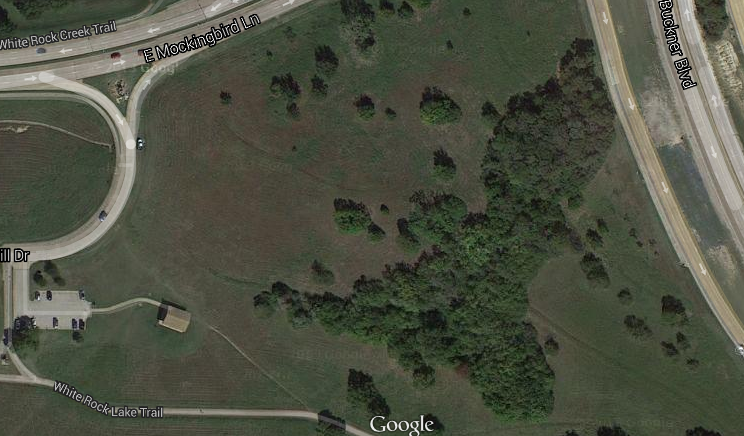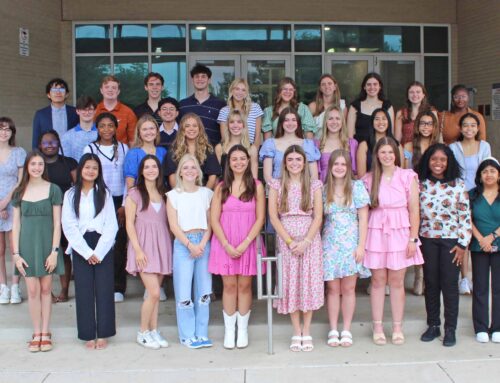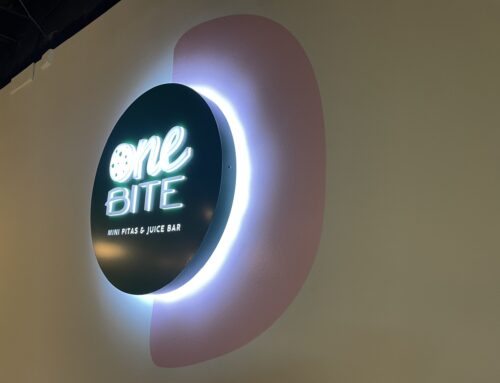Earlier this week, we wrote about the long and arduous process that would take place should a restaurant at White Rock Lake ever become a reality. And, we gave you Councilman Sheffie Kadane’s take, which is that he’ll stand by what neighbors want, even if he disagrees with them.
The developers need support from the surrounding community to move forward with the idea (so far, it’s not looking too good). The notion of permanently handing over parkland is too hard to swallow for many neighbors who simply don’t trust the process, no matter what restrictions are put in place.
Neighbors who actually like the idea of a restaurant aren’t speaking up. But at a meeting last week, one Old Lake Highlands resident stood up at the end of the dicey presentation and voiced an opinion almost unheard of in this debate. Janet D. Smith is a master naturalist who understands the importance of preserving the Blackland prairie around White Rock Lake.
“I was totally against it,” she said. “But I’m much more open to it. I think these guys have done an excellent job of considering the ecology of the area.”
Another neighbor, Mike Gaffney, also a master naturalist, echoed the sentiment, saying the developers have “done their homework,” but added that a full environmental impact study would be needed. The developers, Lyle Burgin and Richard Kopf, who are both neighborhood residents and lake users themselves, agreed.
So, what are the details of the plan that might just change the minds of two nature lovers? Here’s a breakdown of what we learned from the developers, although it wasn’t enough to satisfy most of the 30 or so people in the room. (Consider this a preview of what you’ll hear if you attend the next big public meeting at 7 p.m. April 22 at Lake Highlands Baptist Church.)
The location
Boy Scout Hill is situated at the far northeast corner of the lake, southwest of Mockingbird and Buckner, on about 15 acres of land. The restaurant and its parking would take up about 2 1/2 acres near the top of the hill above the existing pavilion. Most of the site is made up of thorny briar that hasn’t been maintained. Nobody walks around up there or flies their kite up there. Lake users would still have room to use the surrounding green space apart from the restaurant.
However, opponents say the briar provides shelter for wildlife and should be left alone.
Blending into the prairie
“A big portion of what we’re doing relates to the restoration of the Blackland prairie,” Burgin says. In addition to preserving as much native prairie grass as possible, the developers want to plant more around the site, with a vision of the lodge-like restaurant framed by the tall, flowing grass swaying in the wind.
The plan also includes an educational nature trail that would extend from the restaurant down to the hill, featuring markers that identify the different types of native grasses.
Burgin says he doesn’t have detailed renderings of the actual building but says it would have a low eave-line and be built with sustainable materials.
“We want this restaurant to feel like a place that’s been here forever,” he says.
The square footage amounts to about 14,500 square feet; that includes the building, parking and outdoor terrace area. The parking lot would be made of decomposed granite, rather than pavement, providing about 160 spaces, which is more than the developers think they need.
Things the might not blend in too well? Neighbors are concerned about the smells that may emit from the kitchen and the dumpsters, noisy delivery trucks and other uses associated with a restaurant.
Traffic woes
Burgin and Kopf say that vehicles coming and going from the restaurant would not interfere with East Lawther or any hike and bike trails nearby. They’ve been in talks with TxDOT about the feasibility of adding a separate turn lane from Buckner, and it’s possible the project could spur other improvements around the Mockingbird/Buckner intersection. They also expect neighborhood patrons to walk or bike to the restaurant.
Is this the first of many?
Opponents worry the restaurant is part of a larger scheme to commercialize the lake, and this would be the first domino to fall. Burgin and Kopf insist that’s not the case, plus city officials explain that every case is handled individually.
“We think this is the best location,” Kopf says, “but we also think it’s the only location.”
If they chose a less visible spot near the lake, another developer might come in afterward and want to snatch up Boy Scout Hill, and then you’ve got two restaurants, Kopf says. They believe this would be the first and last restaurant at the lake.
Giving back to the lake
As we’ve reported, the plans call for the restaurant to operate as a nonprofit similar to Savor at Klyde Warren Park. Burgin estimates the restaurant could generate around $5 million a year, and part of the revenue would go toward park improvements and could be managed by existing organizations around the lake such as the White Rock Lake Foundation, For the Love of the Lake and the White Rock Lake Conservancy.
As for whether those groups would be interested in that part of deal, “We are still a while away from having tangible discussions about that,” Burgin says.
The long-term effect
Say, the restaurant gets built — what does it look like in 20 or 30 years? When/if the developers submit their plan to the city, they’ll ask for a planned development district on that site. That type of zoning would restrict what could be done to it in the future — everything down to the size and scale, the materials used and the protection of the native prairie grasses.
The use for the site would be set in stone, so to speak, but no one can predict whether the city would approve a change to that plan or do away with it altogether decades from now, depending on who’s in charge.
That might be the heart of the issue for the Save Boy Scout Hill folks, who via this petition, have gathered more than 800 signatures against the restaurant. Even if something sounds like a good idea, what’s promised isn’t always what’s delivered.
But Burgin and Kopf see the restaurant as an important piece of the community around White Rock Lake — people gathering, flying kites, jogging, cycling, kayaking, sailing, pushing strollers … and having a nice meal with a view.
“This is more than just a restaurant,” Kopf says.






